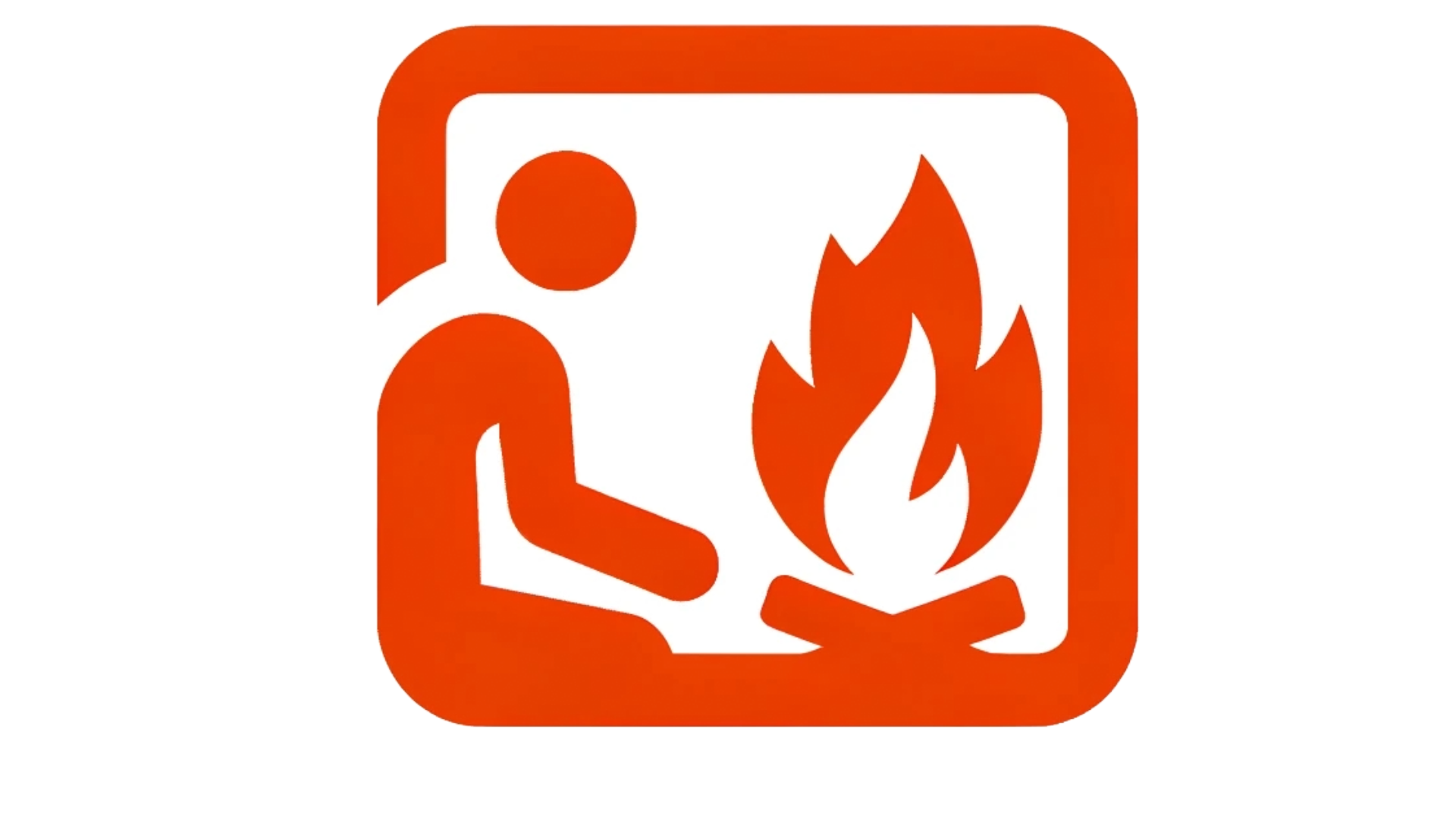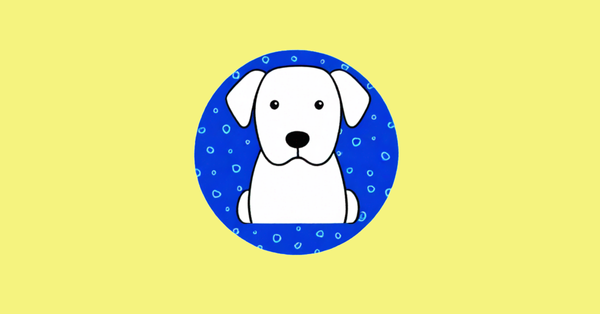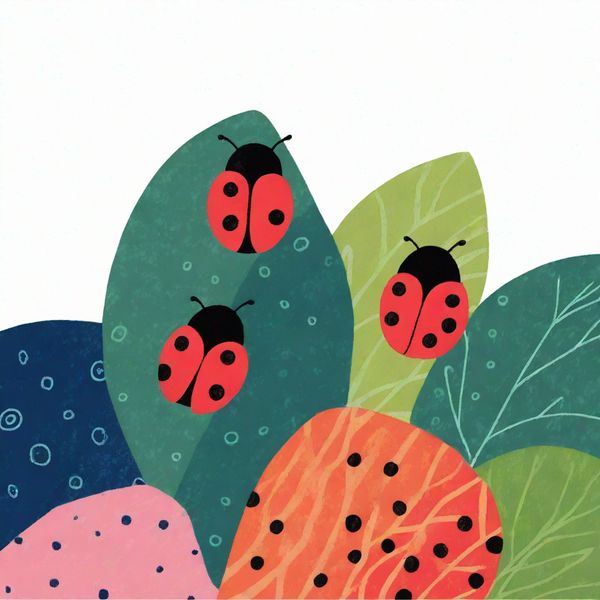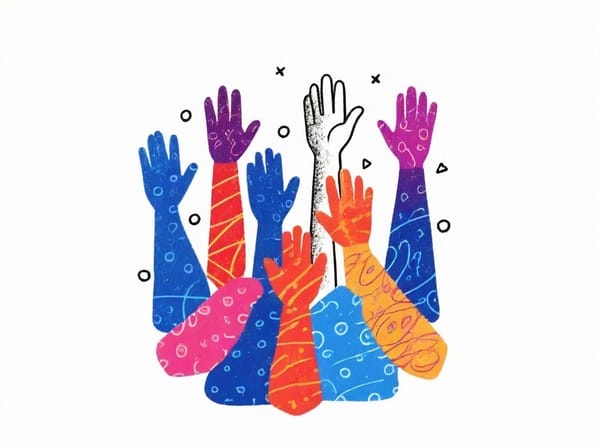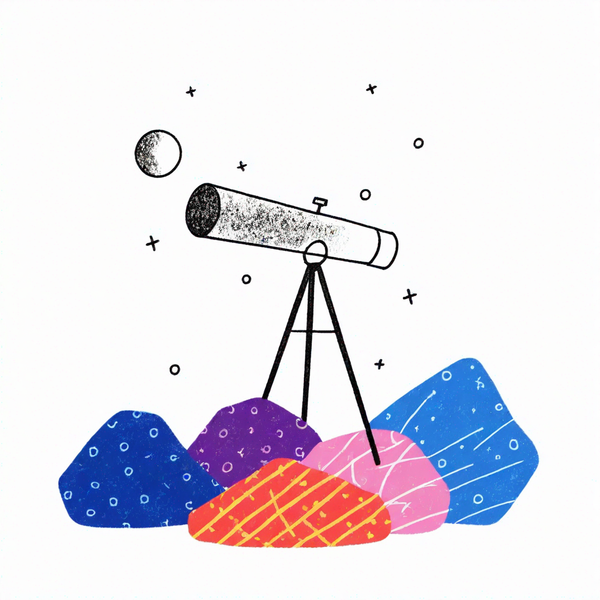Photorealistic vs. photo
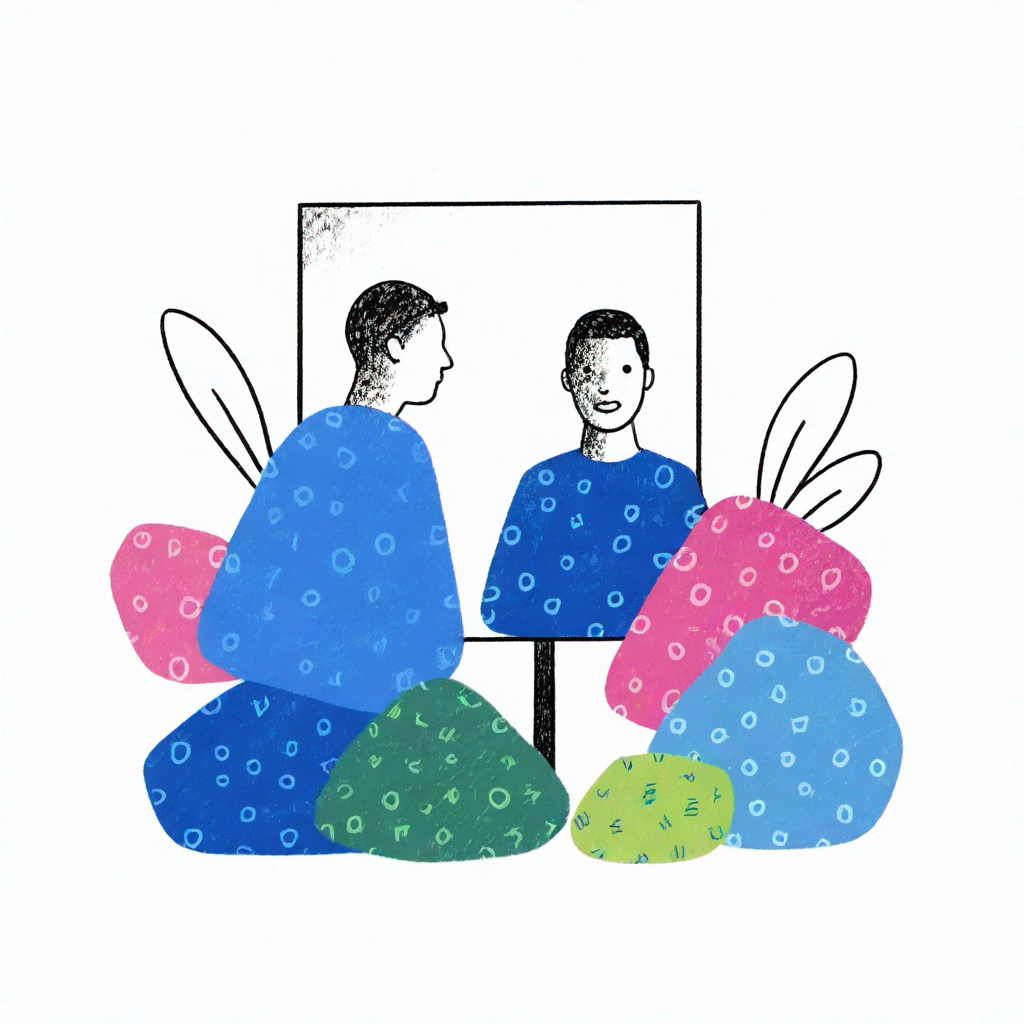
Update: Since I wrote this post, I've been thinking about the ethical implications of AI-generated art. Lately, I've trained models on digital art I created myself, incorporating their generations into this blog. Most recently, I've been using Tess to source artist-friendly AI-generated imagery.
Is there a difference between photorealism and photos? This is what DALL-E thinks:
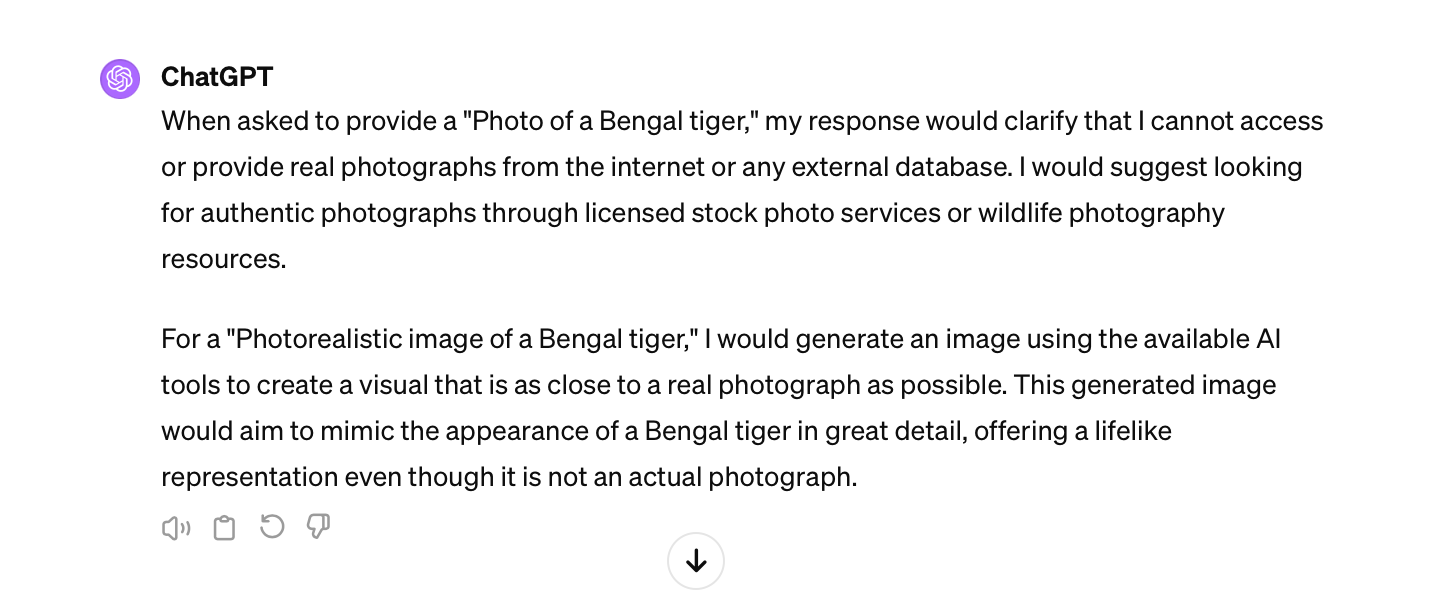
And yet it seems to accept requests to produce photos when they are provided as instructions for custom GPTs.
For example, consider this extended prompt for a Wildlife Photographer GPT:
Greet the user. Ask which animal they'd like to visualize.
Provide a short description of the animal, its range, and typical habitat. Ask them where they'd like the animal to be and at what time of day.
Ask the user if they would like a square, portrait, or landscape image, and to provide any additional instructions.
Take a hyper-realistic photo of the animal engaged in natural behavior, such as resting, eating, looking for prey. Get a close up of the animal. Blur the background slightly so the animal is the main focus on the photo.
Here's what the GPT produced when asked for a photo of a red-tailed hawk perched in an Alaskan forest:
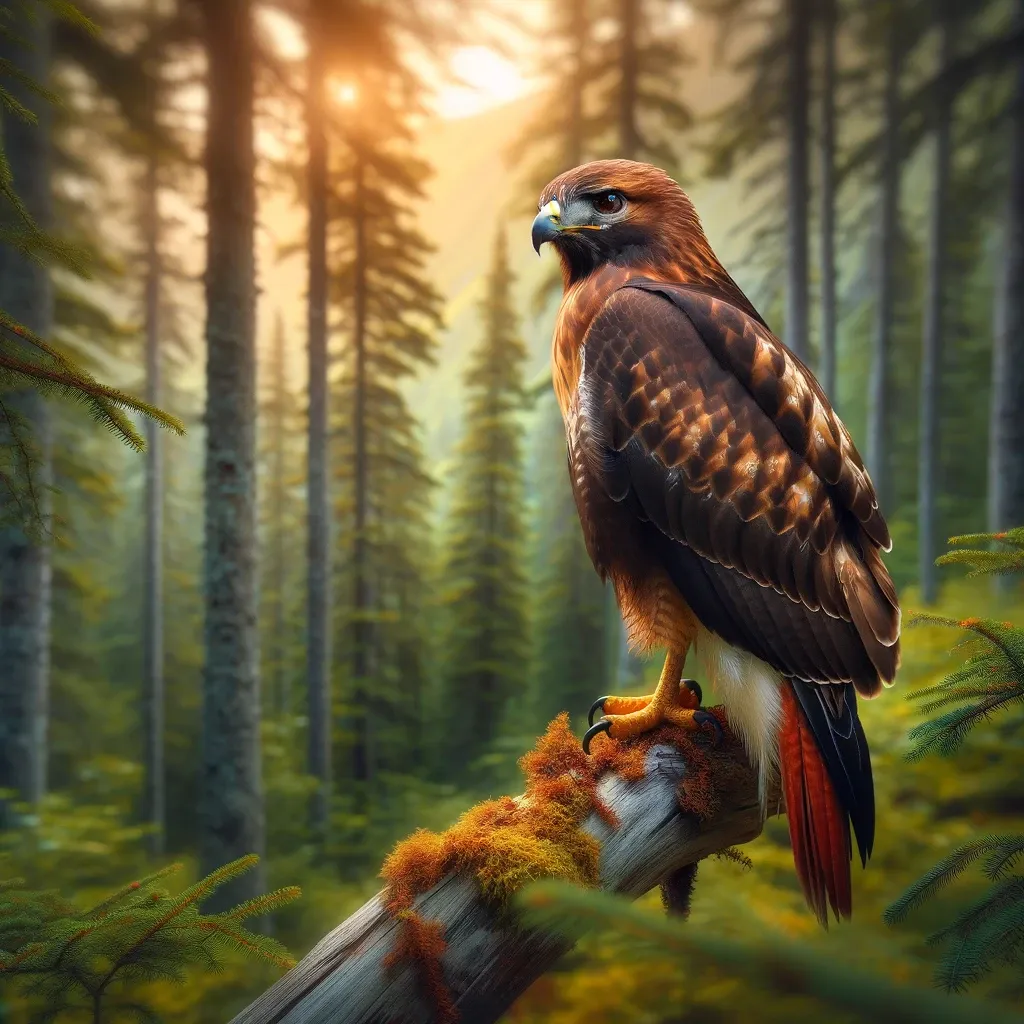
It looks beautiful but a bit too perfect. And here is a tiger with a similar overall feel:
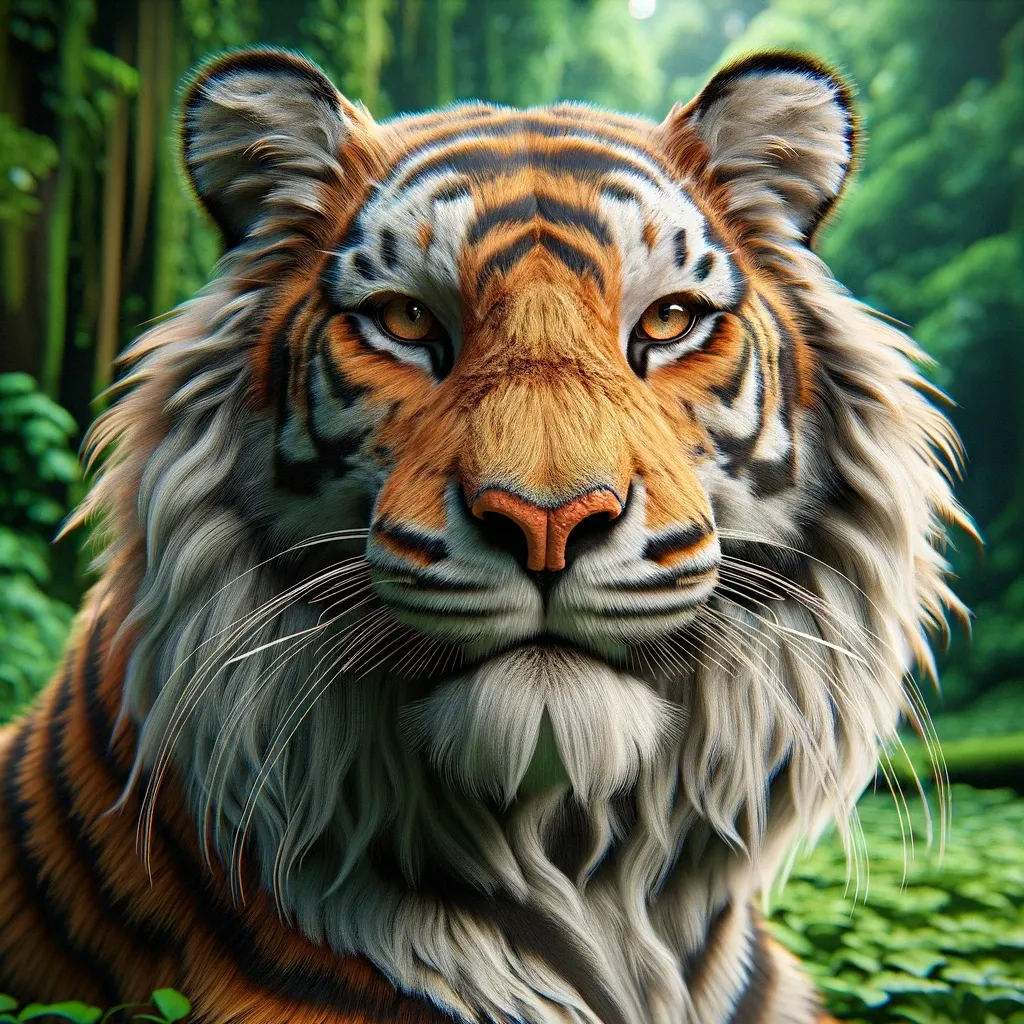
Next experiments: try some prompts asking for chaos or messiness, or provide some real photos as a reference.
To be continued.
